 At 23h40 UT on December 2nd a nice fireball lighted up again the Mediterranean Sea skies.
At 23h40 UT on December 2nd a nice fireball lighted up again the Mediterranean Sea skies.
This object could be registered with the SMART Project's detectors operated at Calar Alto (Almería), Sierran Nevada (Granada), La Sagra (Granada), La Hita (Toledo) and Seville observatories.
This fireball could also be recorded with the Calar Alto Observatory (Almería) south surveillance webcam.
Following the preliminary analysis carried out by Professor José María Madiedo (Instituto de Astrofísica de Andalucía IAA-CSIC), and SMART project's PI, this event was caused by a rock detached from a comet which impacted against our atmosphere at an estimated speed of 147.000 km/h.
The luminous part of the phenomena started at an altitude of 112 km above the southwest part of the Mediterranean Sea. Then the object moved southwestward towards the north coasts of Morocco to finish at an altitude of 72 km above the Sea.
The image shows the path this fireball followed above the Mediterranean Sea.
Below is the video registered with the Calar Alto Observatory (Almería) external south surveillance webcam.
Calar Alto (CAHA) fireball detection station, together with the one at the Observatory of Sierra Nevada (IAA-CSIC) and others placed at different locations in Spain, are part of the S.M.A.R.T. project led by Professor José María Madiedo (IAA) to track that kind of objects. Specifically, Calar Alto (CAHA) station and the one at Sierra Nevada (IAA-CSIC) constitute a collaboration agreement between the IAA researcher José María Madiedo and both institutions.
 English (UK)
English (UK)
